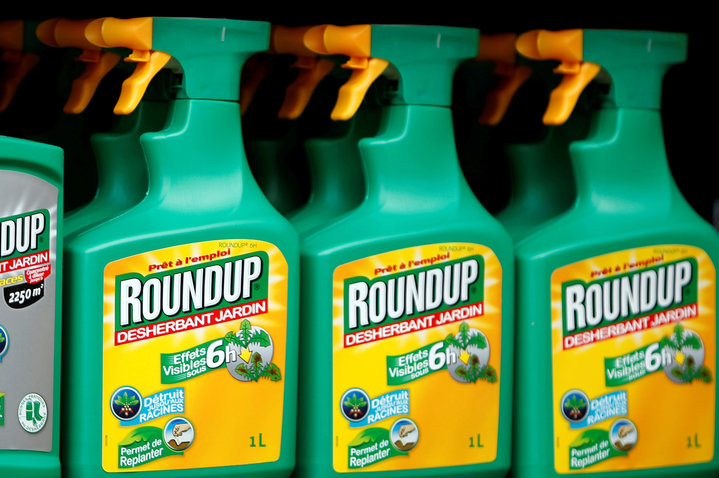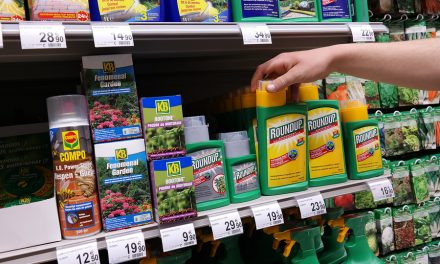According to a Guardian story published just today, government researchers in the US have found evidence that “some popular weedkilling products, like Monsanto’s widely-used Roundup, are potentially more toxic to human cells than their active ingredient is by itself.”1(My emphasis.)
“The tests are part of the US National Toxicology Program’s (NTP) first-ever examination of herbicide formulations made with the active ingredient glyphosate, but that also include other chemicals. While regulators have previously required extensive testing of glyphosate in isolation, government scientists have not fully examined the toxicity of the more complex products sold to consumers, farmers and others.”2
Even though Monsanto introduced glyphosate-based Roundup in 1974 and even though doctors and scientists have had issues with it for years, only now, after more than 40 years of widespread use, is the government investigating the toxicity of “glyphosate-based herbicides”3 on human cells.
RELATED STORY:
The EPA requested the NTP tests after the IARC’s (International Agency for Research on Cancer) 2015 classification of glyphosate as probably carcinogenic. (At that time the IARC also highlighted their concerns about formulations that combine glyphosate with other ingredients to enhance weed killing effectiveness.)
Monsanto and chemical companies like them make around $9 BILLION a year, worldwide, selling these poisons.
Mike DeVito, the acting chief of the National Toxicology Program Laboratory, said that while their work is still ongoing, one thing was clear to his team:
“We see the formulations are much more toxic. The formulations were killing the cells. The glyphosate really didn’t do it.”4
The NTP’s quick summary: glyphosate formulations can “significantly alter” and decrease human cell “viability,” disrupting cell membranes.
That’s not good.
But, DeVito was also quick to say that the first-phase results don’t mean the formulations cause cancer or any other disease. So, while their tests show enhanced toxicity from the formulations and that they kill human cells, “the NTP appears to contradict an IARC finding that glyphosate and/or its formulations induce oxidative stress, one potential pathway toward cancer.”5
RELATED STORY:
To date, the EPA has only looked at the active ingredient, glyphosate. But it is the formulations that people are exposed to in their yards and food. However, government scientists don’t necessarily know exactly what those formulations are because it’s a corporate secret. Even documents obtained through Freedom of Information Act requests show uncertainty within the EPA over Roundup formulations. NTP scientists have had to purchase the top sellers off the shelves and try and figure it out.
How is this even legal? Shouldn’t the EPA be able to know exactly what and how much of each substance is in the products they are testing??
RELATED STORY:
It’s not even clear if Monsanto knows the full weight of their formulations toxicity but internal company emails that emerged in a court case last year found:6
- in 2003 a Monsanto scientist stated: “You cannot say that Roundup is not a carcinogen … we have not done the necessary testing on the formulation to make that statement. The testing on the formulations are not anywhere near the level of the active ingredient.”
- another from 2010, said: “With regards to the carcinogenicity of our formulations we don’t have such testing on them directly.”
- and an internal Monsanto email from 2002 stated: “Glyphosate is OK but the formulated product … does the damage.”
While Monsanto didn’t respond to The Guardian’s request for comment, in a 43-page report by the chemical giant they stated, as they have many times, that their herbicides are safe and supported by “one of the most extensive worldwide human health and environmental databases ever compiled for a pesticide product”.7












